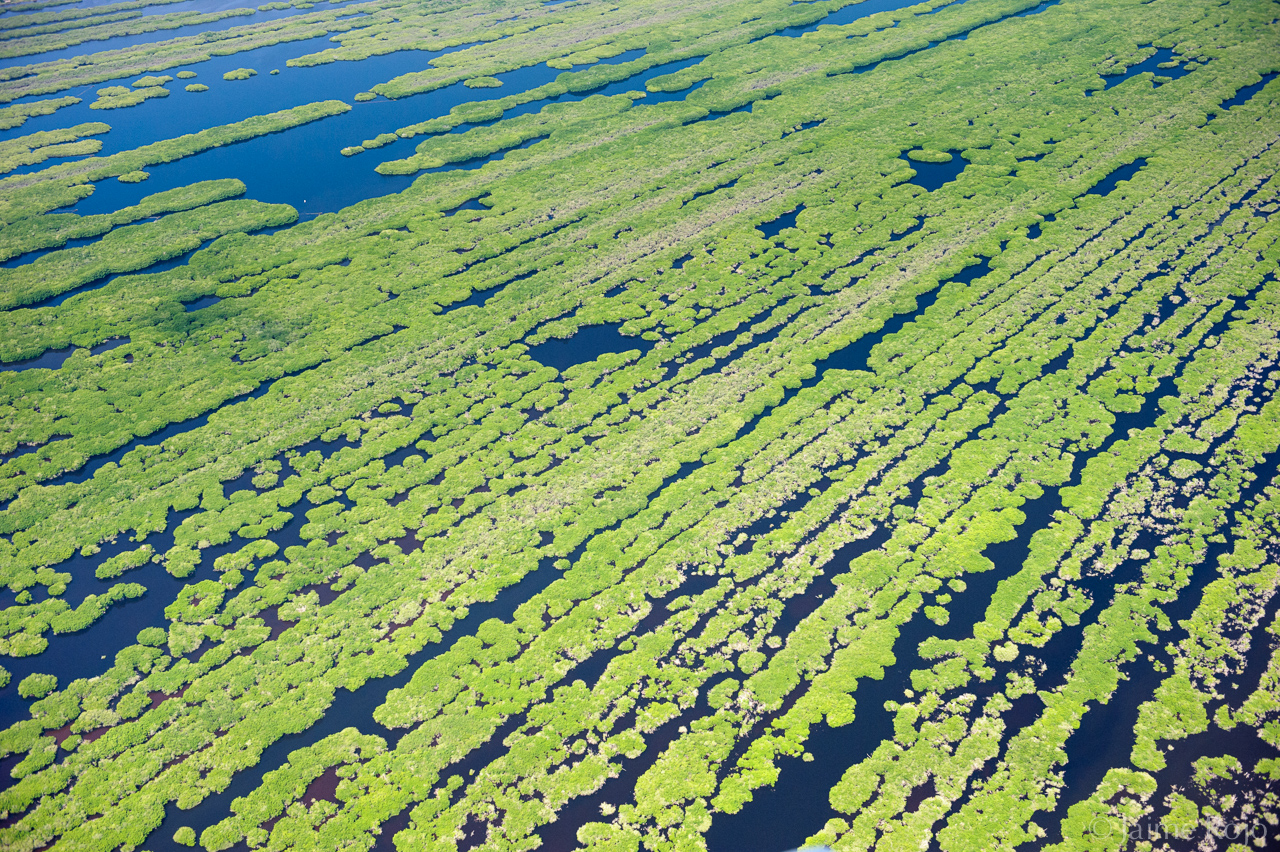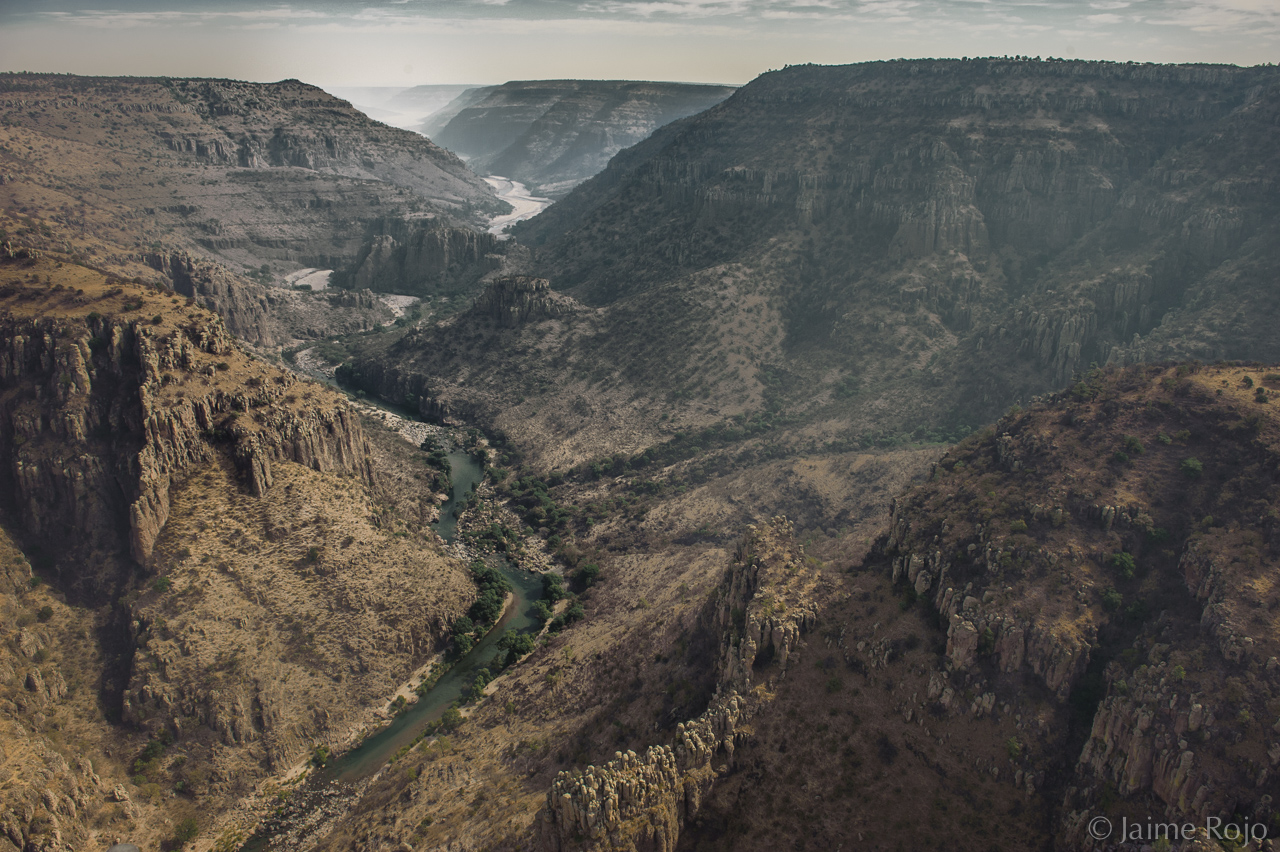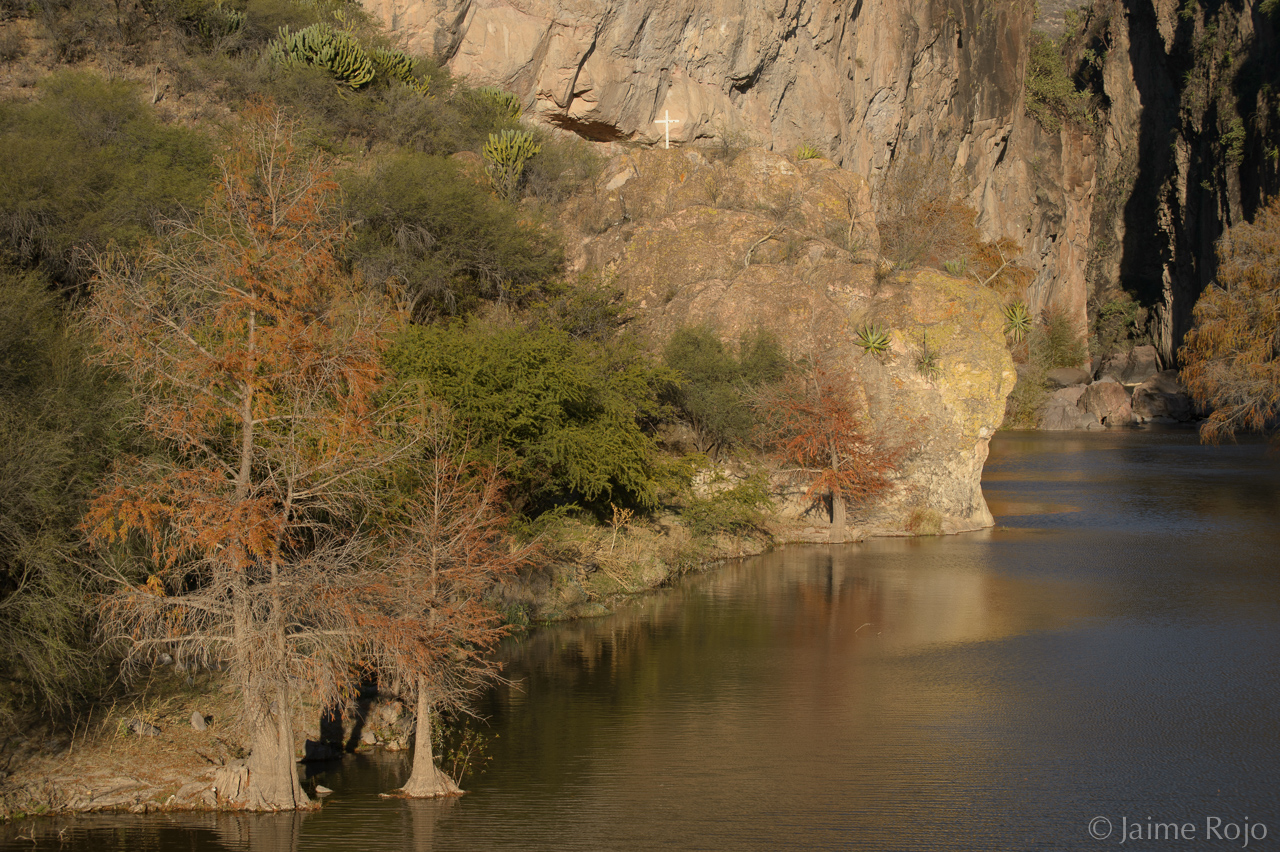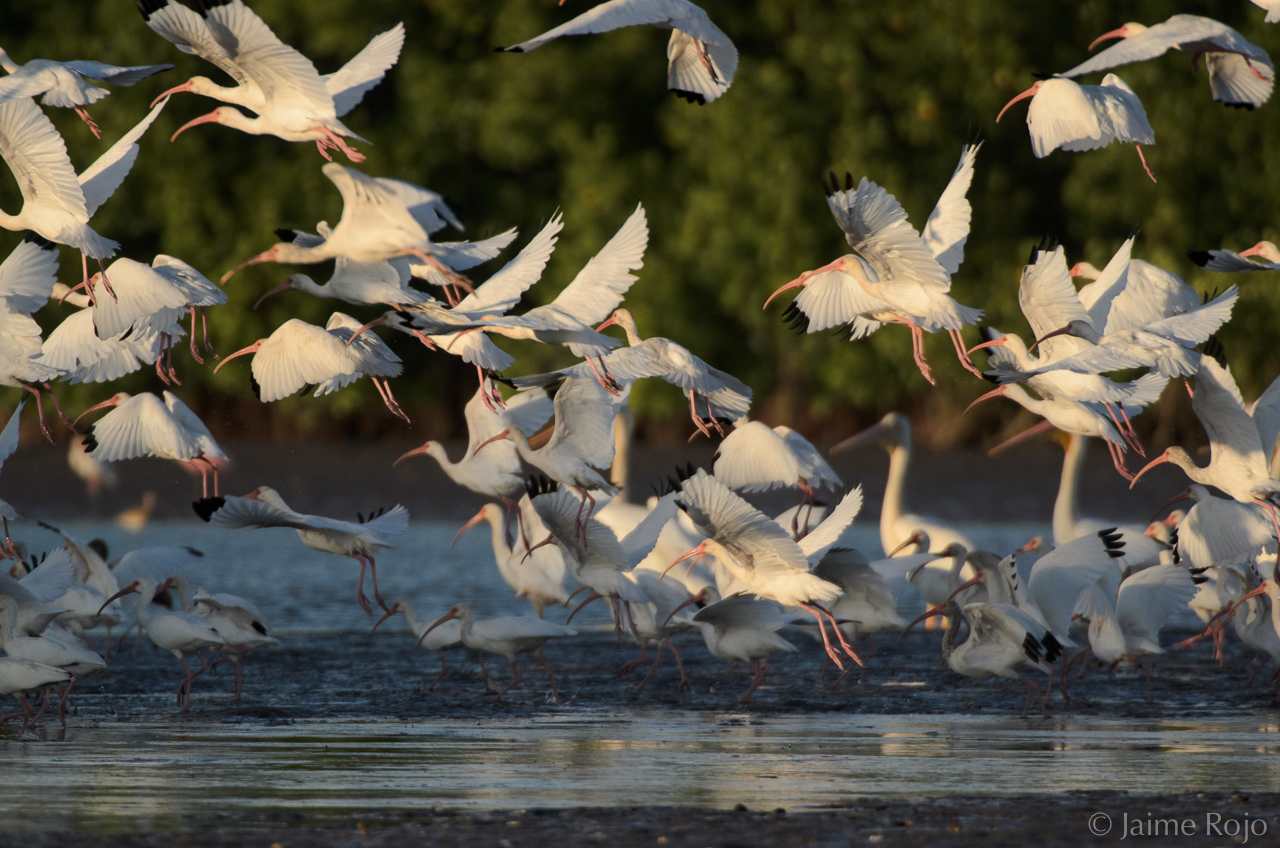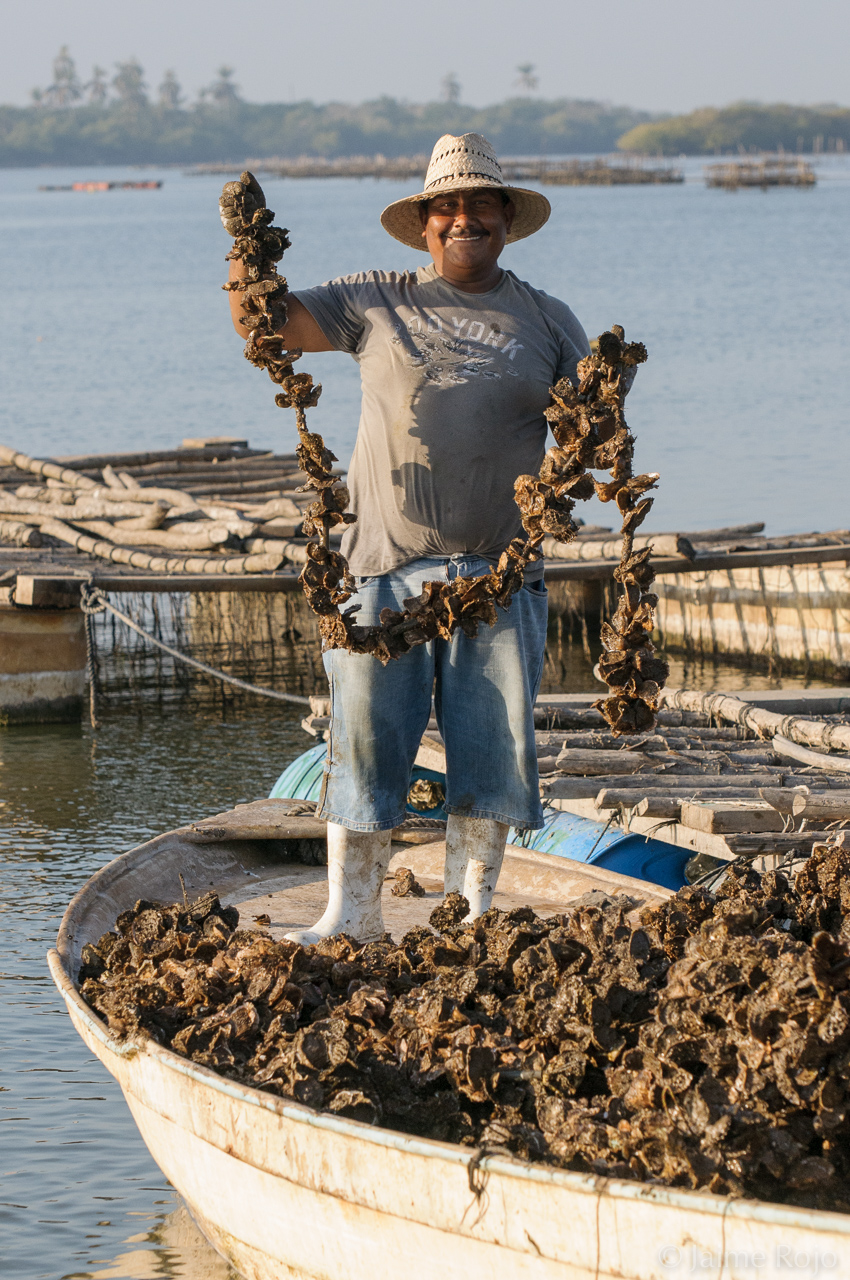
Top image: Jaime Rojo
In mid-September, 2014, Mexico's Secretary of the Environment and Natural Resources authorized the construction of the Las Cruces hydroelectric dam in the San Pedro Mezquital River, the last remaining undammed river in the Sierra Madre Occidental mountain range. Indigenous peoples, rural communities, representatives of academia, environmental groups and defenders of human rights have all spoken out against the dam.
The San Pedro Mezquital immediately caught my attention the first time I heard it mentioned. It had all the elements of a good story: a charismatic protagonist, the last free river of the Sierra Madre; a conflict, the plans for constructing a dam; and the prospect of change, the possibility that public opposition would halt the project. There were also many parallel storylines that proved interesting: a biologically rich coastal wetland, the Marismas Nacionales, whose existence depended on the sweet water supplied by the river; a robust economy reliant on seasonal floods in the lower basin; and indigenous peoples for whom the river is a part of their ancestral identity, culture and religion.
In 2010, the WWF-Gonzalo Río Arronte Foundation Alliance, who have worked for over a decade to promote integrated management of the San Pedro Mezquital basin, invited me to coordinate a campaign to raise awareness of the river among the general public. The team consisted of various photographers and communications specialists, and with the graphics they produced, we made a blog, a webpage, numerous publications, videos and traveling photographic exhibitions that we hoped would introduce people to the river and help them get a clear sense of all that would be lost by damming it.
The consequences of building the dam far outweigh any increased access to water or the creation of energy and jobs, arguments enthusiastically touted by the political sector. This short-sighted, utilitarian approach to nature -- and to natural resources -- is paving the way for environmental atrocities that often disregard all that is sacrificed by altering an ecosystem. Octavio Aburto, professor at the Scripps Institute of Oceanography in San Diego, California, explains: "We need to keep this river free of dams because it is the only ecosystem that can give us a clear reference for the productivity and other environmental benefits that we've lost by damming the rest of the rivers in Mexico."
Every year during the rainy season, the flow of the San Pedro Mezquital swells naturally until the water surges throughout the floodplains, depositing sediment and nutrients that contribute to the rich biodiversity of the whole system, and the wellbeing of its inhabitants. "The floods of the San Pedro Mezquital sustain an economy of more than 1.25 million pesos annually, and support 12,000 families working in agriculture, husbandry, fishing and aquaculture," says Ernesto Bolado, director of the civil partnership SuMar.
Some consequences of the hydroelectric project are difficult to define in quantitative terms, but that doesn't mean they should be ignored. For the indigenous Cora and Huichol peoples that inhabit a large part of the basin, the construction of the dam would signify the destruction of important symbols of their cultural identity and basis of social cohesion, as well as the disappearance of at least 14 sacred sites, all slated to be flooded.
Over the years I have tried to delve into the complexities of a conservation story that always struck me as being marked by a sense of urgency. In the process, I have encountered many people and organizations that are passionate about protecting the river: groups like the Intercommunity Council for the Sustainable Development of the San Pedro River, the Nayeri Indigenous Council and the Nuiwari A.C. are examples of how passion and commitment can overcome a lack of economic resources. Through various channels, ranging from legal action to social protest, and visual narrative to political diplomacy, many sectors have spoken out against the project over the past five years.
But despite the obvious public opposition and the scientific and legal recommendations, Mexico's Secretary of the Environment and Natural Resources approved the construction of the Las Cruces dam in mid-September of this year. The response was immediate. "The authorization of the Las Cruces dam is illegal because it violates both national and international standards for environmental and human rights," notes Sandra Moguel, an environmental lawyer with InterAmerican Association for the Defense of the Environment (AIDA). "On behalf of the river communities and the indigenous peoples that are affected, AIDA will alert the relevant national and international authorities of this breach."
In addition to economic, social and legal arguments, there is also something morally wrong about building a dam in the last free river in the region. It is comparable to extinguishing a species in the wild and restricting its existence to a zoo. The river will continue to flow, certainly, but it will not be the same. It will be a river that has been tamed, a river that has lost its character, and in making it so, we will have disconnected ourselves a little bit more from the biosphere and the evolutionary processes that we still haven't begun to understand. Who wants a future in which there isn't a single free river? Certainly not me-- so I ask for a free San Pedro Mezquital.
The Ríos Libres (Free Rivers) video was produced by the Números Naturales team with the support of the National Geographic/Waitt Foundation, the WWF-Gonzalo Río Arronte Foundation Alliance, AIDA and SuMar. It is a call to society regarding the importance of keeping the San Pedro Mezquital River free of dams. More information here..
Other Images by Jaime Rojo
